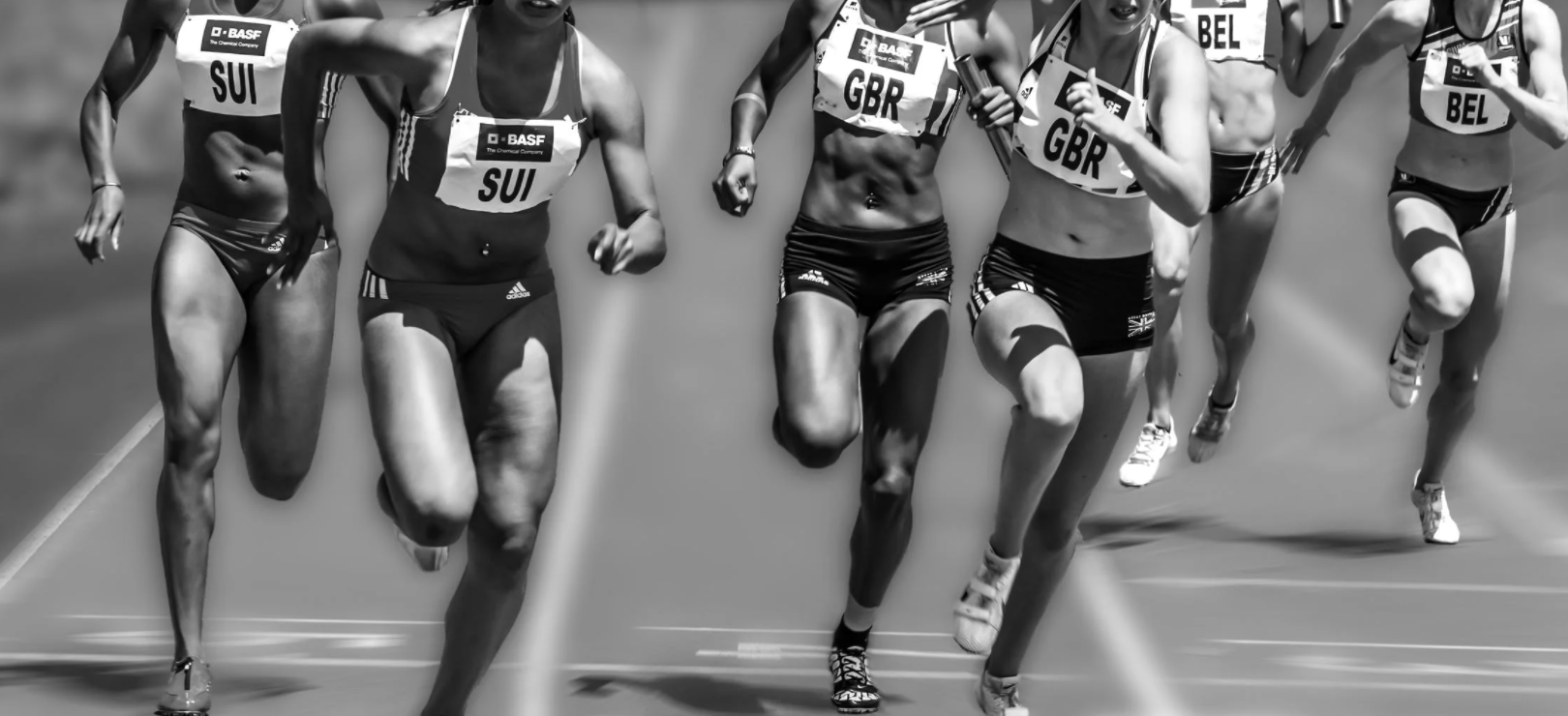By Zahra Qaiyumi
Imagine you are a professional female athlete who is told that you must agree to undergo a partial clitoridectomy in order to continue participating in your sport. This might sound like a far-fetched scenario, but due to an International Olympic Committee (IOC) policy, this is a reality for some hyperandrogenic athletes. Partial clitoridectomy falls under the classification of female genital mutilation/cutting (FMG/C), a practice that is recognized internationally as a violation of the rights of girls and women.
Hyperandrogenism is characterized by high levels of testosterone in females. Individuals with hyperandrogenism often present with an enlarged clitoris, excess hair growth, acne, and decreased breast size, among other characteristics. High testosterone levels can be caused by many different conditions, including polycystic ovarian syndrome and androgen-secreting tumors.
Testosterone levels have caused long-standing controversy in the realm of professional athletics. Many believe that higher than average testosterone provides some female athletes with an unfair competitive advantage. One olympian, South African middle-distance runner Caster Semenya, has been at the center of this debate in recent years. Semenya, 29, has attempted to appeal a new policy regulating the testosterone levels of female middle-distance runners by the International Association of Athletics Federations (IAAF) with little success thus far. The policy mandates that female athletes with differences in sex development (hyperandrogenism) must demonstrate a testosterone level of less than 5 nmol/L. This value must be maintained for a period of time before and during international competition in order to remain eligible.
By enacting this policy, the IAAF is equating elevated androgen production with athletic advantage. The reality, however, is that there is no universally agreed upon scientific evidence that establishes a relationship between excess endogenous androgen production, or androgens that are produced naturally by the body, and athletic advantage in female athletes.
The IAAF’s policy, although controversial, does not require or recommend any surgical alteration of the bodies of female athletes. However, similar regulations enacted in years past have lead to unintended consequences, such as coercion into FGM/C. In 2014, the International Olympic Committee (IOC) also established a policy to regulate hyperandrogenism in female athletes. The IOC’s policy mandates that national Olympic committees “actively investigate any perceived deviation in sex characteristics.” This investigation includes observation of the athlete’s genitals by doping officers while providing a urine sample. If an enlarged clitoris is observed, this counts against the athlete as a perceived deviation in sex characteristics.
The IOC policies surrounding hyperandrogenism have caused unintended outcomes as countries attempt to comply with the rules. Most notably, medical procedures were performed on four young female athletes who were found to have hyperandrogenism. The procedures performed included a partial clitoridectomy and gonadectomy (in this case given the underlying condition, removal of the testes). The gonadectomy procedure resulted in the removal of a part of the body that produces androgens, thus technically serving the IOC’s goal to regulate hyperandrogenism. However, the partial clitoridectomy did not serve any medical purpose, and in no way related to actual or perceived athletic advantage.
As stated earlier, partial clitoridectomy is a form of female genital mutilation/cutting (FGM/C). Performing the procedure on these four young women is antithetical to the decades-long mission to end FGM/C globally, which has been addressed by the World Health Organization. In terms of its impact on the individual, partial clitoridectomy has the potential to cause life-long biological and psychological consequences, including damage to sexual sensation and function for these athletes. Notably, the athletes were perfectly healthy before this procedure was performed and were in compliance with the IOC’s policies regarding cheating and doping.
The IOC and IAAF policies regarding hyperandrogenism, though not meant to undermine medical recommendations, have put some female athletes in danger of undergoing unnecessary clitoridectomy. Many countries take the loosely-worded policy and create country-specific guidelines for compliance. This leads to the policing of young female athletes and placing pressure on them to undergo unnecessary procedures such as the partial clitoridectomy, which is a human rights violation.

